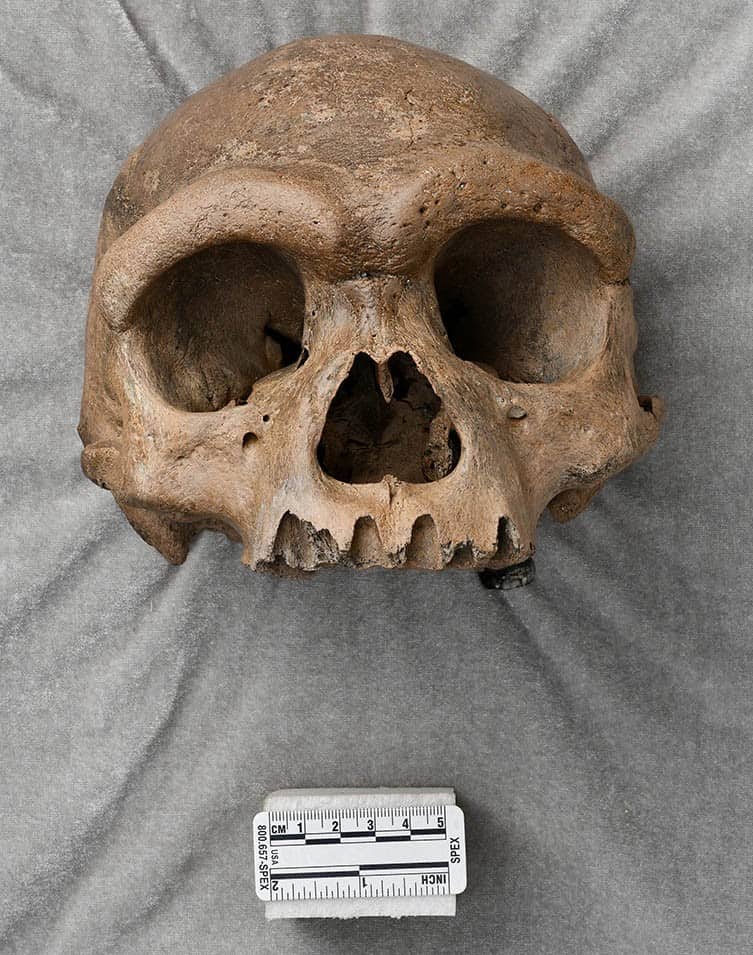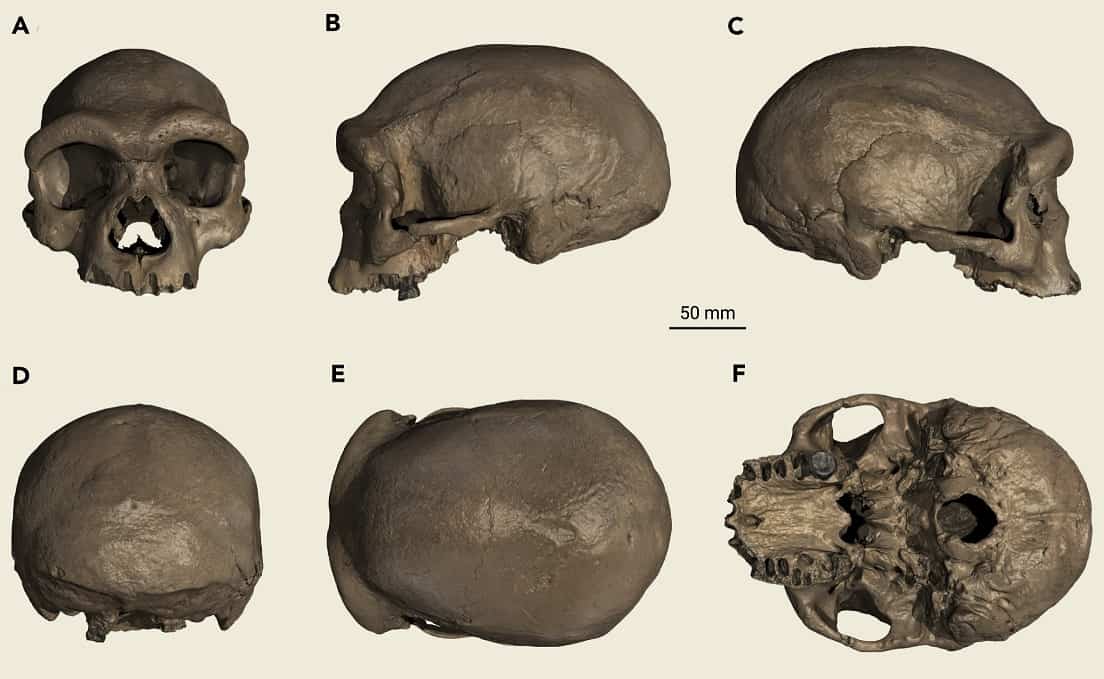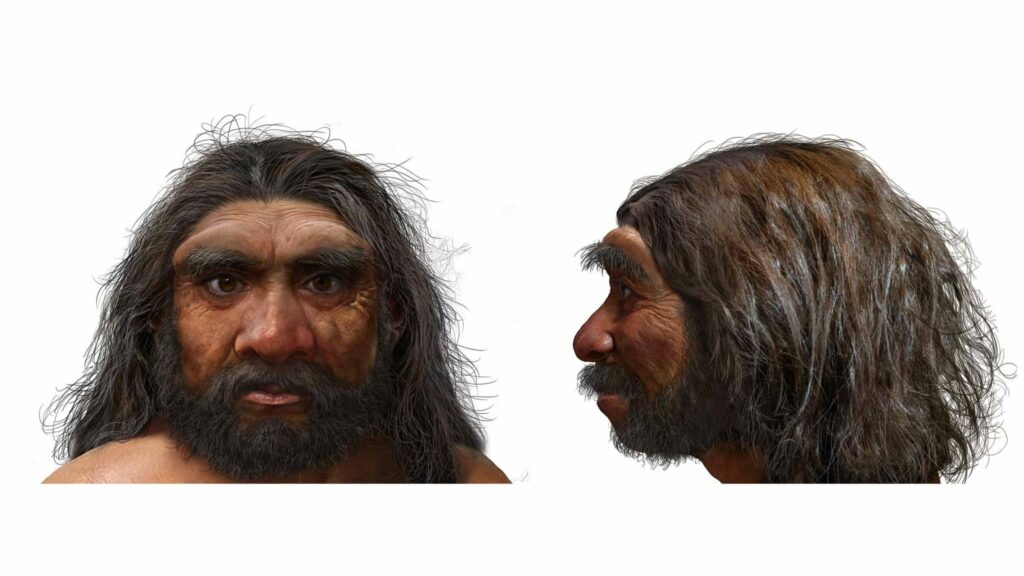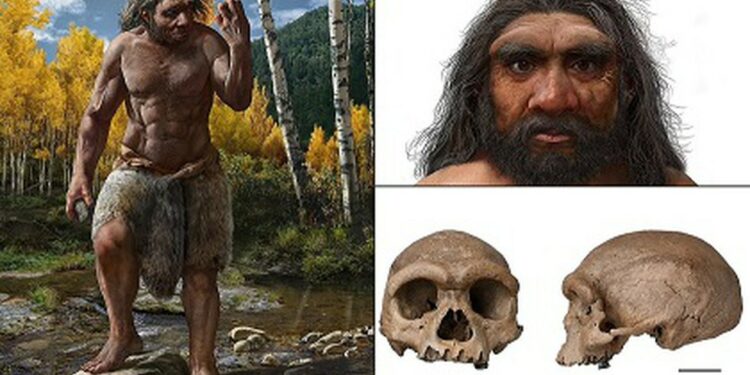A new study of a decades-old skull has sparked a discussion about human history’s beginnings. Scientists have been astounded by a human skull with an enlarged head unearthed in China in the 1930s. They were obliged to think that another human species existed at least 146,000 years ago due to the discovery.
Construction workers near Harbin, China, discovered a weird skull in China’s northernmost region in the early 1930s while building a bridge. It wasn’t just any human skull. It possessed a head that was enlarged and had a thick brow bone.

According to the study, the Harbin skull, also known as “Dragon Man” or “Homo long,” maybe a new human species. It has a mosaic of plesiomorphic and apomorphic characteristics. Its name comes from the geographical term Long Jiang, the popular name for Heilongjiang Province and translates to “dragon river.”
According to paleontologist Chris Stringer of London’s Natural History Museum, it is one of the best-preserved skulls of all early human fossils.
Around 100,000 years ago, the researchers hypothesized that Dragon Man coexisted with many other extinct human species, including Homo Sapiens, Neanderthals (Homo neanderthalensis), and Denisovans.

Dragon Man’s backstory is highly cinematic. After the Japanese invaded northeast China in the early 1930s, the skull was discovered. In 1933 in Harbin City, it was found by a Chinese guy who did not want to hand it over to the Japanese, so he buried it in an abandoned well. The skull was left there for 85 years until the guy told his family about it before dying in 2018. His family donated the head to Hebei GEO University’s Geoscience Museum for investigation.
The scientists could not determine the reason for Dragon Man’s death, but they speculated that he died at the age of 50. Prof. Ji Stringer and his colleagues examined the skull.
“The skull has a considerable brain capacity, far within the range of modern people and Neanderthals,” Stringer added. He also stated that the skull resembles that of our species. The scientists conducted a thorough examination of the head, concluding that the Harbin cranium and other Chinese fossils belong to a “third lineage of humans” who lived alongside Neanderthals and H. sapiens.

Three scientists who were not engaged in the study also proposed a competing theory. They believe the Harbin skull to be a Denisovan relic.
“I have carefully examined the anatomical and phylogenetic studies,” Silvana Condemi, a paleoanthropologist at Aix-Marseille University in Marseille, France, stated. The published data leads me to believe that this fossil is a Denisovan.”
Antonio Rosas, a paleobiologist from Spain, and Fernando Ramirez Rozzi, a human evolution specialist from France, both agreed with Condemi’s theory.























